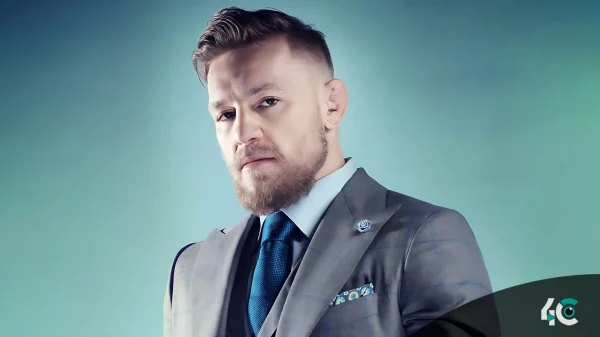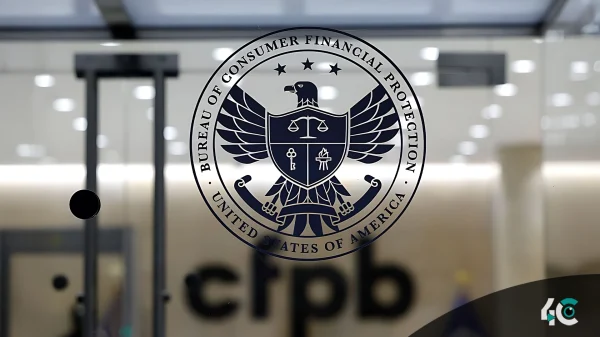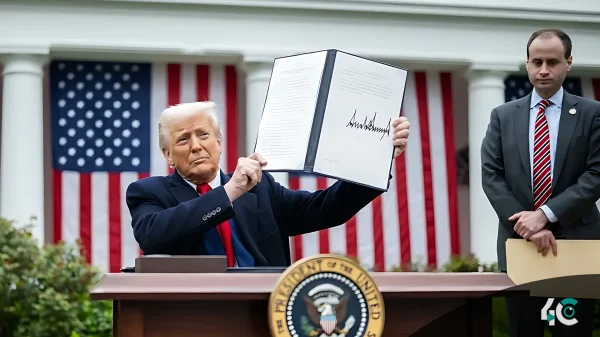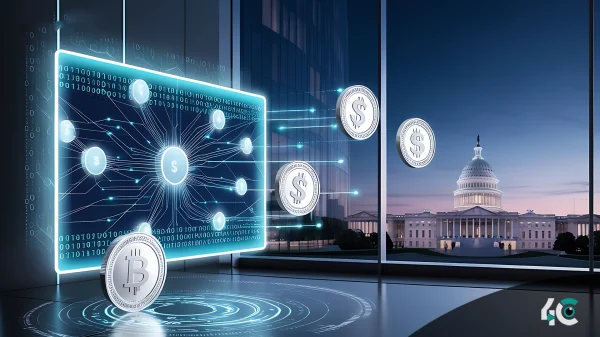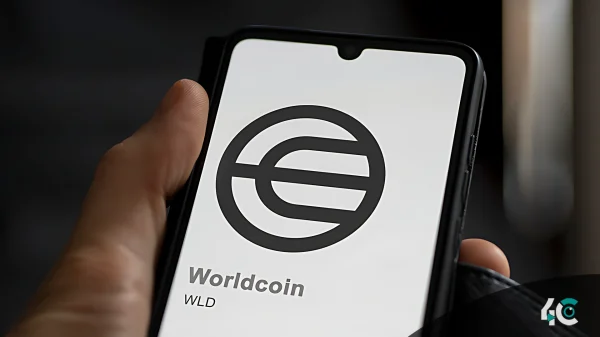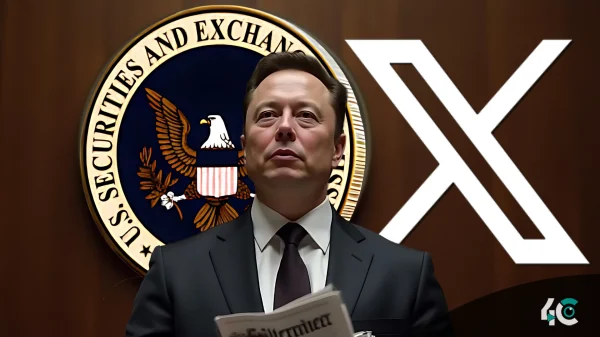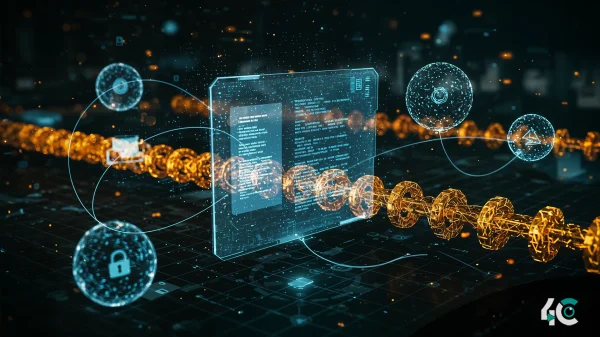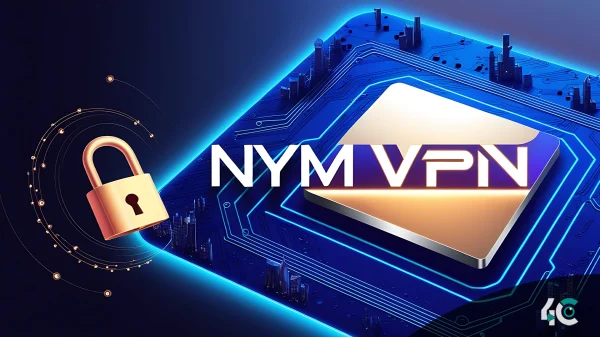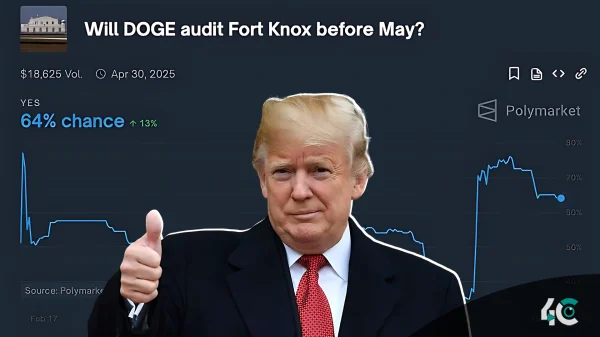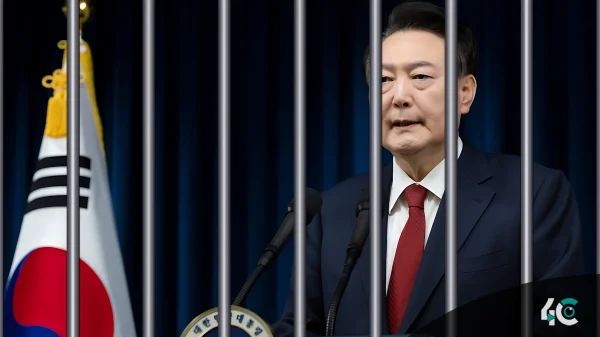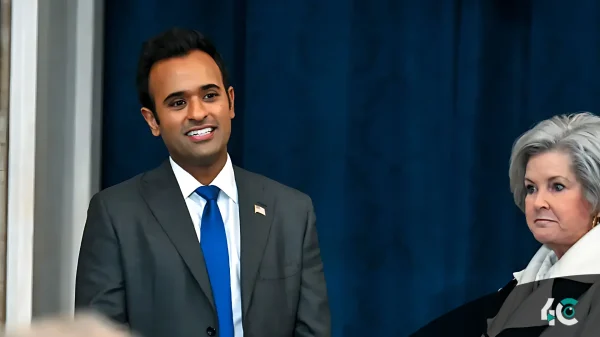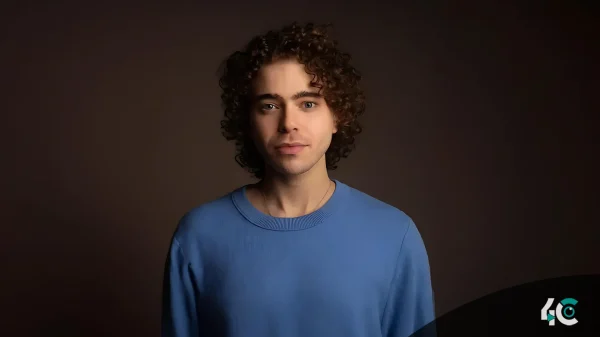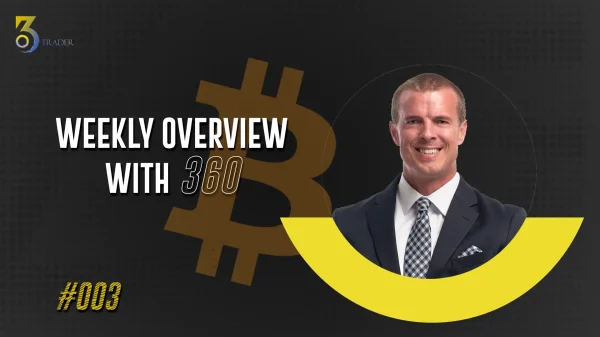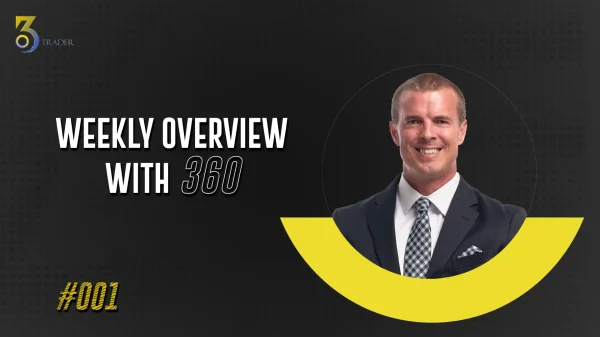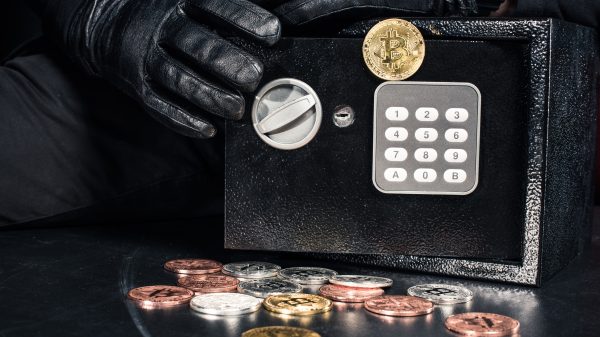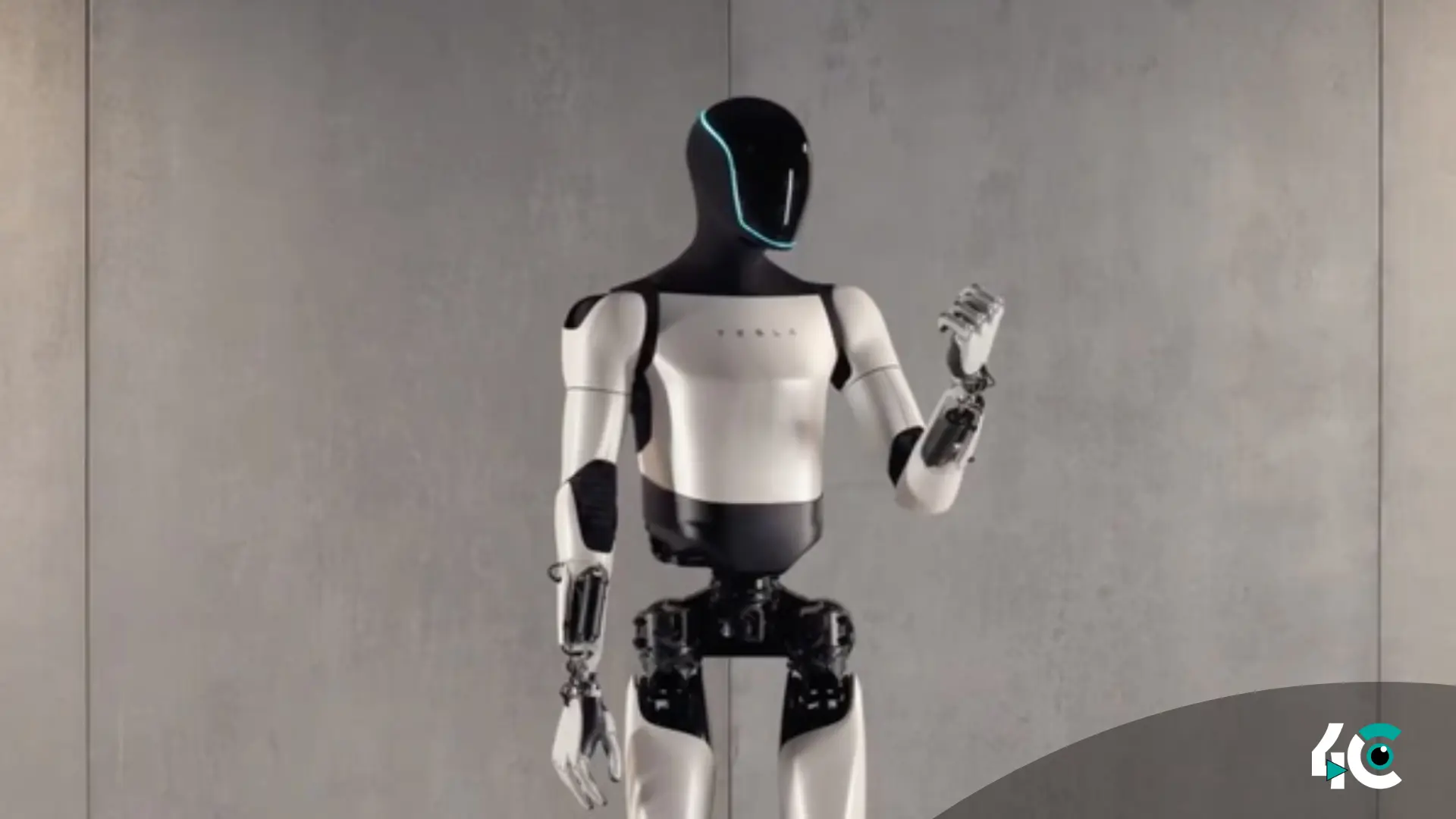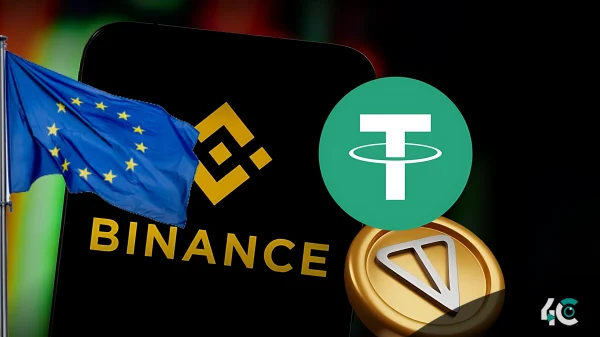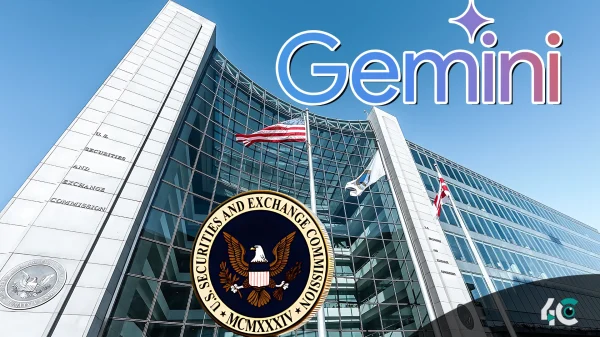Tesla’s ambitious plans to launch fully autonomous robotaxis appear to be hitting roadblocks, even as the company remains focused on this futuristic goal. Despite frequent claims from Elon Musk that Tesla’s “Full Self-Driving” technology is nearing completion, there are significant challenges in both technology and regulation that suggest robotaxis might not be ready as soon as expected.
Tesla’s recent developments include its humanoid robot, Optimus, which has faced skepticism and technical issues. An earlier demonstration showed a person operating Optimus remotely, raising questions about its capabilities. Although Tesla has showcased Optimus in various events, the robot remains a work in progress, and consumers might encounter domestic robots before fully autonomous vehicles become a reality.
Meanwhile, The Boring Company, another Musk venture, is working on the “Vegas Loop” project—a high-speed tunnel system intended for autonomous vehicles. However, this project has yet to deliver on its promise of fully self-driving rides. Teslas with human drivers currently use the tunnels, not the autonomous robotaxis Musk has envisioned.
The challenge extends to Tesla’s approach to self-driving technology. Critics argue that relying solely on computer vision and cameras may not be sufficient for achieving full autonomy. While Tesla’s competitors are using additional sensors and technologies, Tesla’s strategy has faced difficulties with edge cases that remain unresolved. On the robotics front, Tesla’s push into consumer robots may see progress sooner than the rollout of fully autonomous vehicles. Domestic robots, though still an emerging market, don’t necessarily require full autonomy to be practical and useful for consumers.


